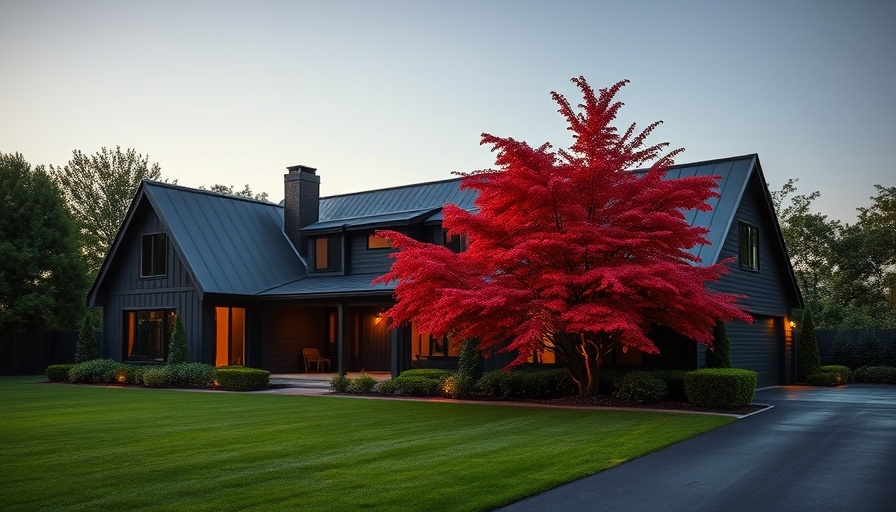
The Bold Investment of Tinder Co-founder Justin Mateen
Justin Mateen, renowned for co-founding the popular dating app Tinder, is making real headlines again. This time, he’s delving into the world of commercial real estate with the recent acquisition of a high-profile property along the iconic Hollywood Walk of Fame. Together with his brother Tyler, Mateen has purchased the Hollywood Galaxy shopping center and the historic Petersen building for a staggering $69 million.
Understanding the Purchase in a Cooling Market
While many institutional investors have shied away from the Los Angeles market, fearing continued declines, the Mateens view this as a prime opportunity. With local real estate values plunging due to a post-pandemic landscape that has seen the loss of tenants in office buildings and retail spaces, they believe the region’s recovery is imminent. As Justin put it, “While others are pulling back from cities like L.A., we’re doubling down. Its resurgence feels inevitable.” This contrarian approach aims not only to capitalize on current market conditions but also to position themselves favorably for the future.
Properties with Potential: The Hollywood Galaxy and Beyond
The Hollywood Galaxy shopping center, completed in 1990 and currently nearly 80% leased to well-known tenants including Target and LA Fitness, offers abundant foot traffic and visibility. This makes it ripe for investments that enhance visitor experiences. The Mateens have a vision of attracting high-profile businesses—possibly brands like Nintendo or Lego—that would create interactive experiences aimed at tourists and locals alike. With millions flocking to the Hollywood area annually, it’s clear this space holds substantial potential.
Making Space for Innovation
The focus on tenants who can leverage the shopping center’s unique location is crucial. Tyler Mateen is particularly interested in securing brands that enhance the customer experience while capitalizing on the bustling atmosphere. Big names such as Nike, Adidas, or Sephora could find opportunity in establishing flagship stores that cater directly to the throngs of visitors. The brothers’ strategy underscores the growing importance of experience-driven commerce in urban environments.
The Future of Real Estate in Los Angeles
As we look to the future of real estate, especially in urban centers like Los Angeles, the Mateens’ strategy seems tailored for a market that may reshape itself over the next few years. With the urban living paradigm shifting, properties that combine residential elements with unique commercial projects could become the norm. Insights shared by industry experts often cite the resurgence of immersive shopping and community experiences as pivotal in stimulating economic recovery.
Implications for Homeowners and Investors
For homeowners and potential buyers, particularly those residing in California’s crowded urban and suburban landscapes, the Mateens’ investment could serve as a bellwether of broader real estate trends. As commercial properties are revitalized and urban centers rebalance, prospective buyers may find opportunities for increased residential value and a renewed emphasis on local amenities.
Adapting to Change: Lessons from the Mateen Brothers
The Mateens’ story is a compelling lesson in adaptation and opportunity-seizing amid uncertainty. For homeowners looking to embark on renovations, the success of commercial investments can serve as motivation to understand local market dynamics better and decide on home improvements or upgrades that cater to evolving trends. Just as high-profile brands are seeking interactive spaces, homeowners can create engaging environments that cater to family needs and interests.
Final Thoughts and Takeaways
As the Mateen brothers dive into Hollywood real estate, they demonstrate a bold yet calculated approach towards economic revival. Their investment signifies a potential shift—perhaps igniting others to follow suit in the pursuit of new growth avenues, whether residential or commercial. This dynamic interaction between consumer experience and real estate investment may redefine what it means to own property in urban America moving forward.
For readers keen on enhancing their homes or understanding the fluctuating real estate trends, the Mateens’ journey encourages a proactive engagement with both local markets and personal property investments. Stay attentive, as the landscape continues to evolve!
 Add Row
Add Row  Add
Add 




Write A Comment